Euonymus atropurpureus Jacq. |
| |
|
|
Botanical Name |
: |
Euonymus atropurpureus Jacq. |
English
Name |
: |
Wahoo, Eastern wahoo, Burning bush, Spindle tree, Bitter-ash |
Family |
: |
Celastraceae |
| |
General Info
| Description |
 |
|
A low branching shrub that reaches 20 feet in height. Bark thin, greenish-brown to reddish brown, shallow longitudinal splits. Leaf opposite, simple, elliptical, 2 1/2 to 4 inches long, finely serrated, long pointed, green above, paler and may be pubescent below. Flowers perfect, inconspicuous (1/3 inch across), 4 dark purple petals with whitish anthers, appearing in late spring in multiple branched clusters. Fruits 4-lobed capsule, 1/2 inch across, pink to purple in color, splits open to reveal dark red seeds, ripens in fall. |
| Herb Effects |
 |
|
Alterative, cardiac, cathartic, cholagogue, diuretic, expectorant, hepatic, laxative, stimulant and tonic (stem and root bark); emetic and strongly laxative (seed) |
Chemistry
| Active Ingredients |
 |
|
Asparagine (bark); citric acid, linoleic acid, malic acid, tartaric acid (plant); dulcitol, tannin (root) |
| Chemistry
of Active Ingredients |
 |
|
|
 |
Name |
CAS# |
IUPAC Name |
Formula |
Structure |
 |
|
| Asparagine |
2058-58-4 |
2,4-diamino-4-oxo-bu
tanoic acid |
C4H8N2O3 |

|
| Citric acid |
Not Available |
2-hydroxypropane-1,2
,3-tricarboxylic
acid |
C6H8O7 |
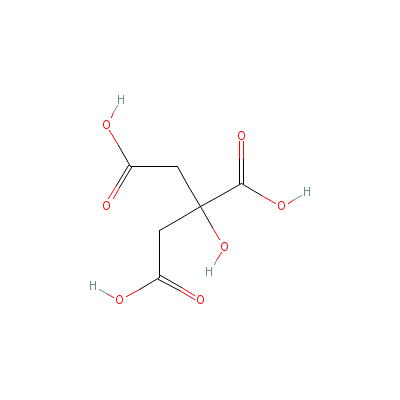
|
| Linoleic acid |
8024-22-4 |
Octadeca-9,12-dienoi
c acid |
C18H32O2 |
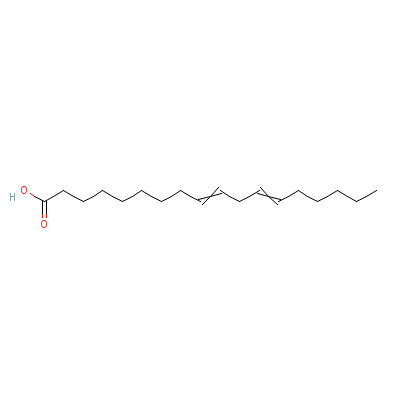
|
| Malic acid |
Not Available |
2-hydroxybutanedioic
acid |
C4H6O5 |
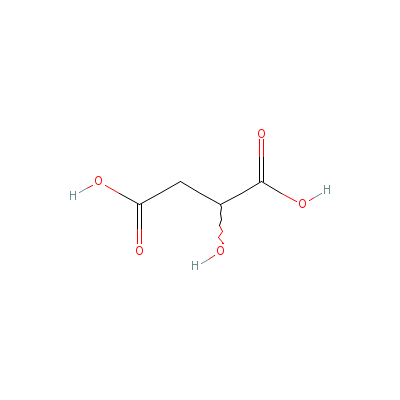
|
| Tartaric acid |
526-83-0 |
2,3-dihydroxybutaned
ioic acid |
C4H6O6 |
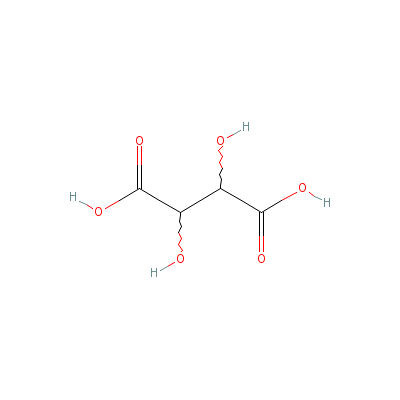
|
| Dulcitol |
608-66-2 |
hexane-1,2,3,4,5,6-h
exaol |
C6H14O6 |
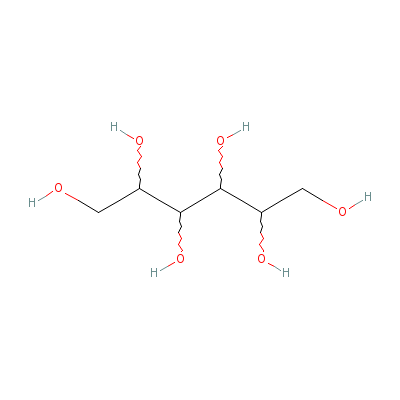
|
| Tannin |
1401-55-4 |
Not Available |
C27H22O18 |
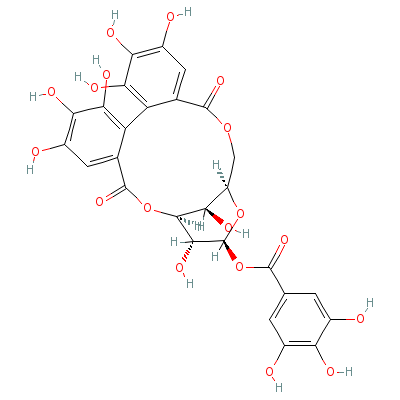
|
|
Pharmacology
| Medicinal Use |
 |
|
The root bark or sometimes the stem bark is useful in the treatment of biliousness and liver disorders which follow or accompany fevers and for treating various skin disorders such as eczema which could arise from poor liver and gallbladder function. It is also used as a tea in the treatment of malaria, liver congestion, constipation etc. The powdered bark, applied to the scalp, was believed to eliminate dandruff. The bark and the root have been used in the treatment of heart conditions. A tea made from the roots is used in cases of uterine prolapse, vomiting of blood, painful urination and stomach-aches. |
| Contraindication |
 |
|
Should not be given to pregnant women or nursing mothers. |
| Reference |
 |
|
 James A Duke and Maryl Fulton. Handbook of Medicinal Herbs - 2nd Edition, P: 758, CRC Press July 2002. James A Duke and Maryl Fulton. Handbook of Medicinal Herbs - 2nd Edition, P: 758, CRC Press July 2002.
|
Dealers
Products
|
|